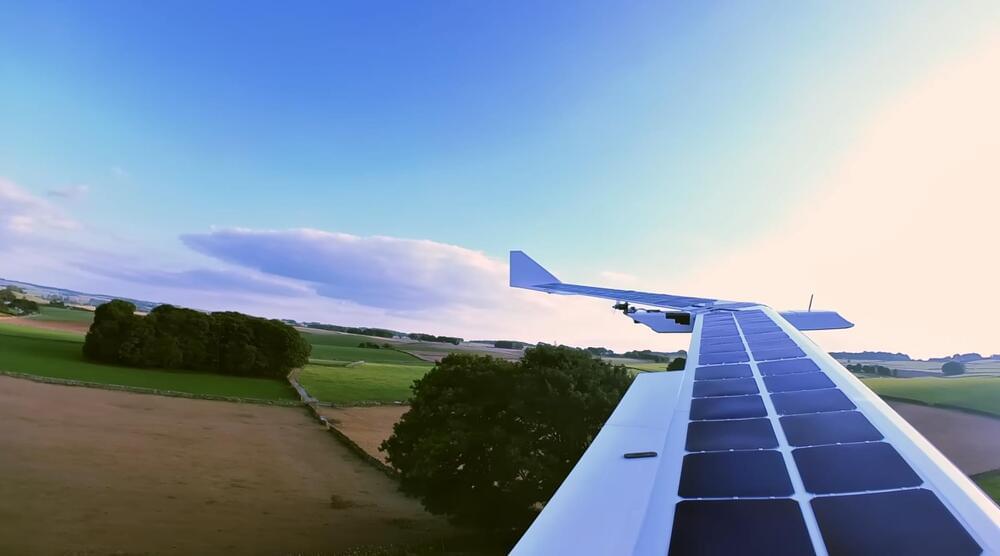For the most part, we treat electric aviation like it’s something that we’ll see in the future. I mean, batteries are expensive and heavy, and they don’t hold that much energy per unit of weight. So, compared to, say, kerosene (jet fuel), batteries take up a lot more space and weight capacity in a plane design. This means either really poor range or carrying around nothing but batteries (which isn’t very useful).
But that’s only true for the largest of planes. The smaller the plane, the easier it has been for companies to electrify or even go full electric with it it. Once you get down to unmanned planes and helicopters that carry something like a small sensor payload (cameras, etc.), you’re in a realm where all-electric aviation has been around for over a decade.
Though, small unmanned systems like quadcopters tend to only fly for 30–45 minutes at most, while small fixed-wing remote piloted airplanes tend to fly for maybe 1–2 hours. What if you want to fly for a number of hours or even days to cover more ground? It turns out that there are some answers, and the usually involve solar.
